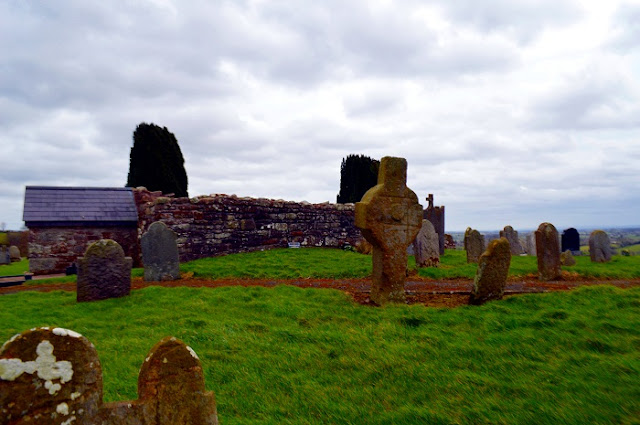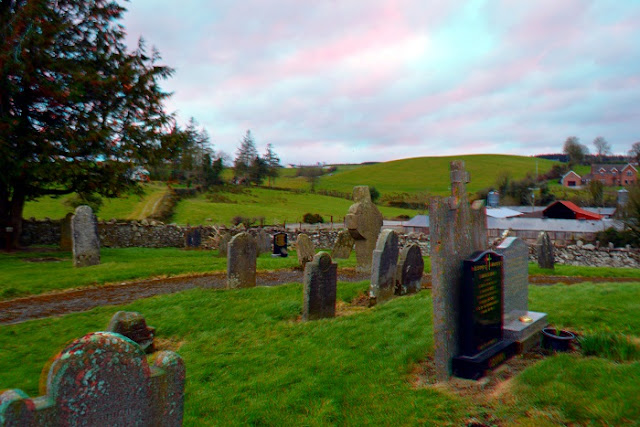Topic of Cancer

I am very lucky. I have cancer. These are two sentences that on first analysis don’t fit particularly well together. At least, until recently, I didn’t think they did, but they do. Perhaps I should be more specific. I had cancer. Past tense. Earlier this summer I underwent a small procedure to excise a lesion from my forehead. The biopsy confirmed that I had squamous cell carcinoma. It’s gone now, but it might be back. While I won’t require chemotherapy or radiotherapy, I will be under intense monitoring for at least the next year. Appropriate Beach Wear As cancers go, this isn’t a bad one to have. It could have been so much worse. I really am very lucky. It all started about a year ago when I got a spot on my forehead. Not a big deal! … except that it didn’t heal up. I realised that this was my fault – I kept picking at it. Not deliberately of course but I’d frequently find that, despite my best efforts, I’d have picked at it in a distracted moment and th...



